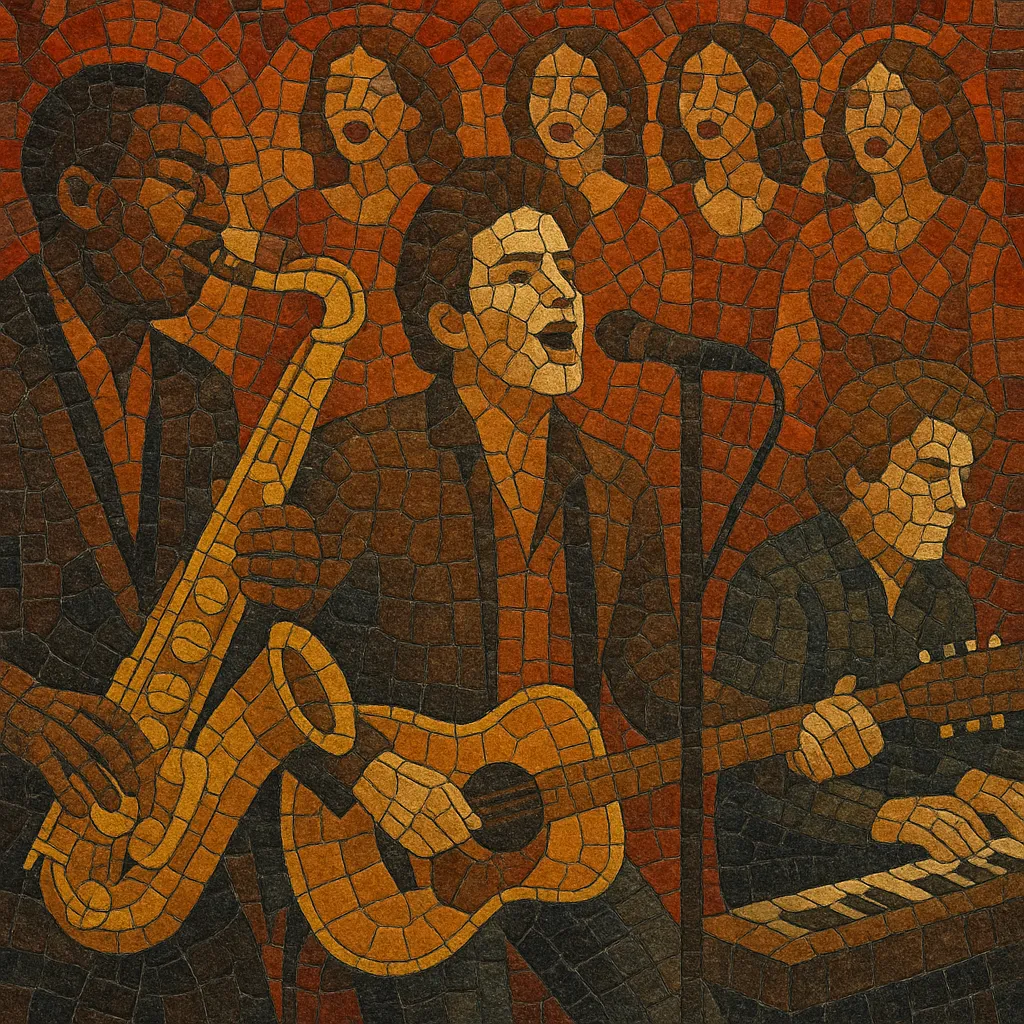
Jersey sound (often called the Jersey Shore sound) is a horn-driven, R&B-inflected strain of rock that coalesced in the bar-band scene of coastal New Jersey, especially around Asbury Park.
It blends the energy of 1950s rock and roll and 1960s soul with blue-collar storytelling, big choruses, and live, communal arrangements. Hallmarks include a prominent saxophone, Hammond organ or piano, gospel-tinged backing vocals, and an anthemic, sing-along approach meant for packed clubs and dance floors.
Lyrically, songs often focus on working-class life, late-night boardwalk romances, cars, hometown friendships, and the push–pull between escape and belonging. The overall feel is simultaneously celebratory and nostalgic, marrying party-ready grooves with reflective narratives.
The foundations of Jersey sound lie in New Jersey’s doo-wop and R&B traditions, the lingering influence of 1950s rock and roll, and the club culture that prized tight, danceable bands. Early local heroes and vocal groups, along with the popularity of soul and blue-eyed soul on regional radio, set the stage for a style that foregrounded strong melodies, harmonies, and a brassy live attack.
In the early-to-mid 1970s, the scene around Asbury Park’s clubs—most famously The Stone Pony and the Upstage Club—helped codify a distinct sound. Bruce Springsteen’s breakout (notably the cinematic, sax-splashed drama of “Born to Run” in 1975) and the emergence of Southside Johnny & the Asbury Jukes (whose 1976 debut was guided by Steven Van Zandt) established the template: horn sections, gospel- and soul-soaked rock, and exuberant bar-band energy that translated from stage to record.
Throughout the 1980s, Springsteen’s success and Van Zandt’s work (including with the Disciples of Soul) popularized the Jersey aesthetic nationally. Gary U.S. Bonds enjoyed a notable revival with Springsteen/Van Zandt-penned and produced tracks that spotlighted the sound’s R&B core. Meanwhile, other New Jersey acts drew from the scene’s anthemic spirit—helping bridge club-tested rock with arena-scale hooks.
The Jersey sound remains a touchstone for artists seeking heartland storytelling and soul-infused rock heft. Bands like The Gaslight Anthem channeled the style’s romantic grit for a new generation, while the Asbury Park circuit continues to nurture horn-forward, high-energy rock outfits. The sound endures as both a geographical identity and a set of arranging/lyrical values: big-hearted, crowd-moving rock grounded in soul.

